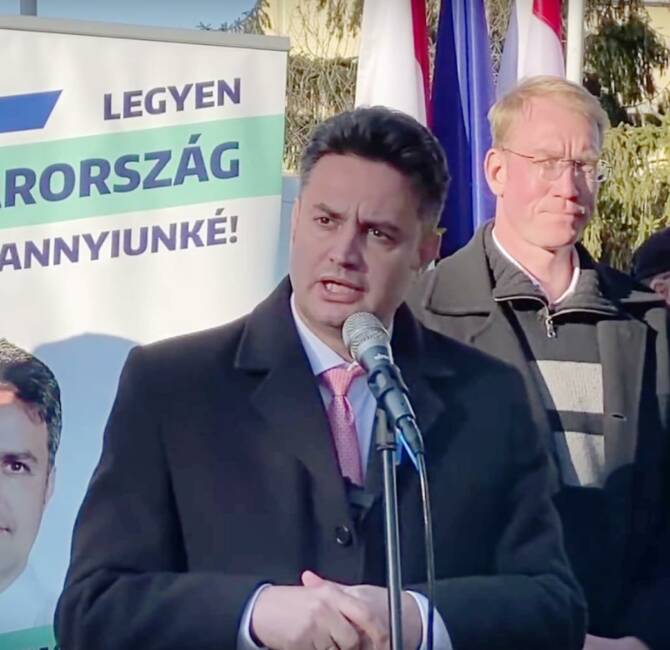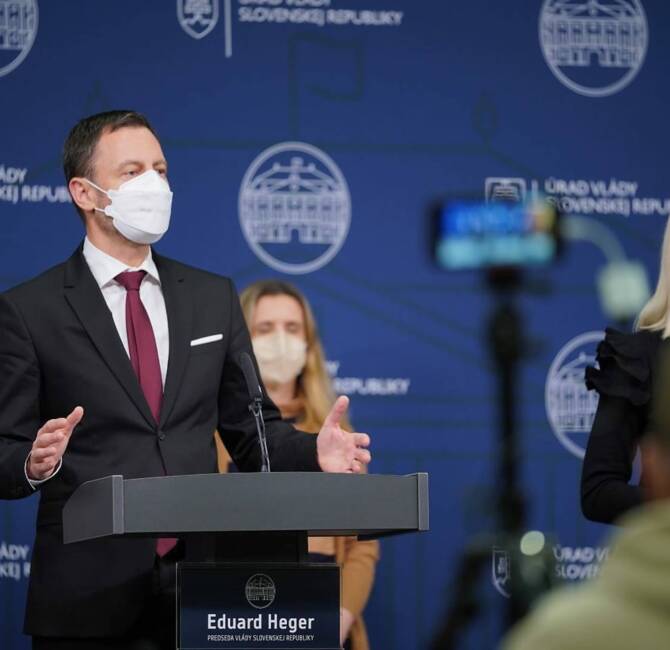Poland – On the afternoon of Tuesday, 15 November, Polish Prime Minister Mateusz Morawiecki decided to convene an emergency meeting of Poland’s national security and defence committee, with the heads of the ministries for defence, interior, justice and foreign affairs, as well as the coordinator of intelligence services, after a missile strike had been reported on Polish territory.
An explosion had indeed taken place at around 3:40 p.m. in the village of Przewodów (413 inhabitants), located six kilometres away from the Ukrainian border in the province of Lublin. The explosion, which killed two Polish citizens, was linked to a farm tractor having been hit by an apparently Russian-made missile, according to the Polish authorities’ initial announcements. The strike happened as Russia had been launching massive missile attacks all over Ukraine throughout the day of 15 November, targeting civilian energy infrastructure.
Polish President Andrzej Duda said in the evening that, by virtue of the provisions of the North Atlantic Treaty, the United States would support Poland “with American experts to investigate the tragic incident in Przewodów. (…) It will be a joint and allied action. I hope that this issue will be clarified in detail.”
The Polish government and President Duda immediately called for calm, caution and restraint, indicating that it was very important not to spread false news and that it was necessary to wait for the investigation to find out exactly what had happened. At the same time, however, Polish forces were mobilized and put on alert throughout the night. Speaking during the night, President Duda said: “As of now, we do not have conclusive evidence as to who committed the missile strike. (…) In all likelihood, it was a Russian-made missile, but this is still in the verification stage. (…) We have strengthened the readiness of some units of the Polish armed forces, including the air defence. Our planes in the Polish sky will be supported by allied aircraft. (…) I want to assure everyone that we are acting very calmly, carefully, without rash decisions. I ask everyone to remain calm. Polish and allied soldiers are on the ground.”
Polish Foreign Affairs Minister Zbigniew Rau summoned the Russian ambassador Sergey Andreyev to demand an explanation. Russia, for its part, denied any involvement, saying it had not aimed at any target “close to the Polish border”, its closest target being 35 km from the Polish border. Pro-Russian news channels quickly broadcasted alleged images of the missile’s debris, saying it was a Ukrainian S-300 missile. As for Ukrainian President Volodymyr Zelensky, he declared that it was a “very serious escalation”, accusing Russia of having struck Poland, while Ukrainian Foreign Minister Dmytro Kuleba denounced as a conspiracy theory the claim of an accident caused by a Ukrainian defence missile.
During the day of 16 November, however, the situation became less confused and the tension was reduced by a degree. Indeed, the debris were identified as most probably being from a Ukrainian anti-aircraft missile, and the explosion was said to have been likely due to the remaining fuel in the missile, according to the Polish authorities.
U.S. Officials have also confirmed that they think the missile was fired by Ukrainian air defence forces in an attempt to intercept one of the many Russian missiles that were launched against Ukraine’s energy infrastructure on Tuesday, 15 November.
NATO met on 16 November to discuss this serious incident, and also confirmed that all indications were that it was a Ukrainian air defence missile that fell off course after being launched to stop a Russian missile attack. Poland therefore decided that there was no need to activate Article 4 of the North Atlantic Treaty, which provides for consultation among member countries when one of them believes that its territorial integrity is threatened.




